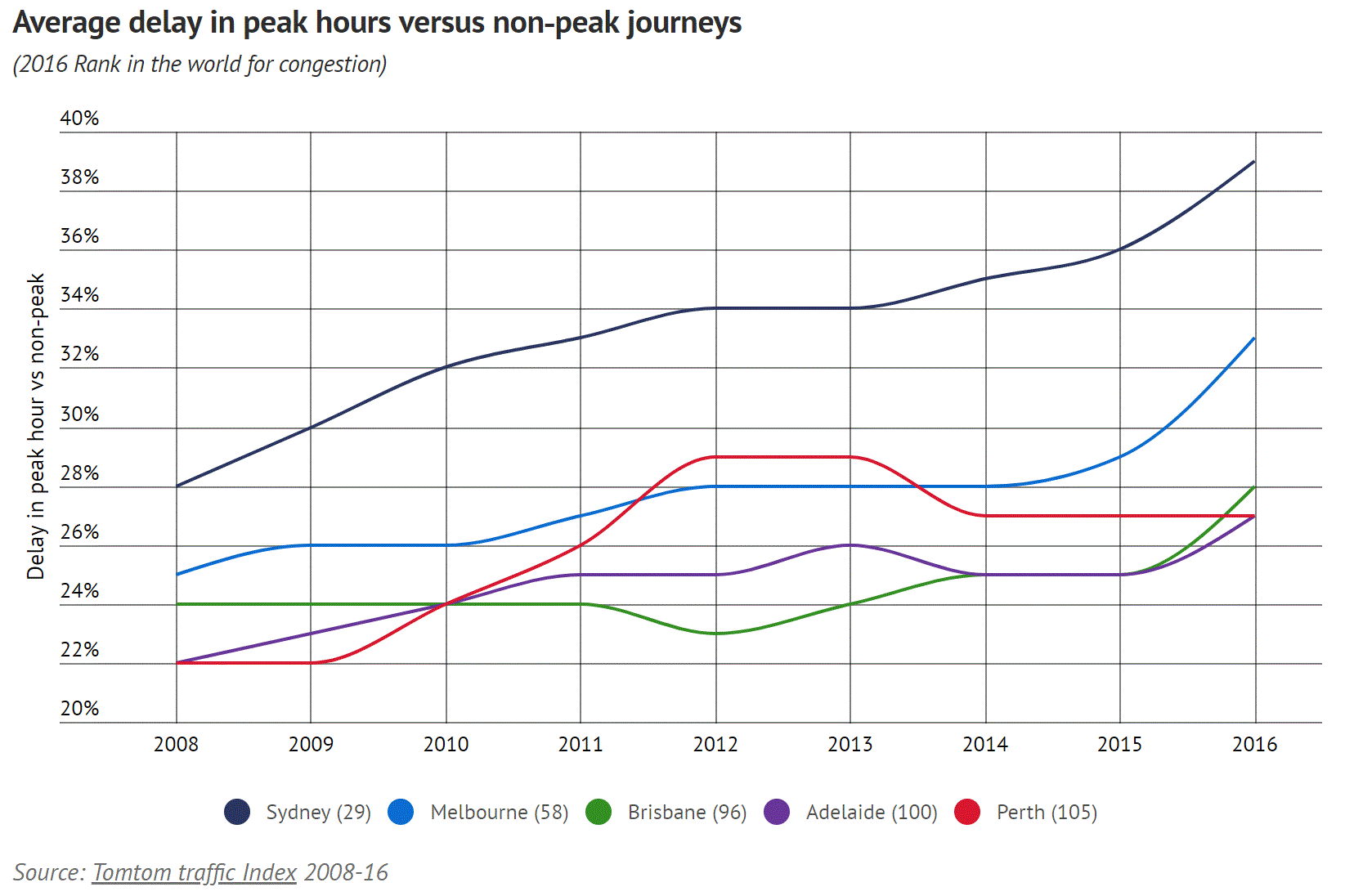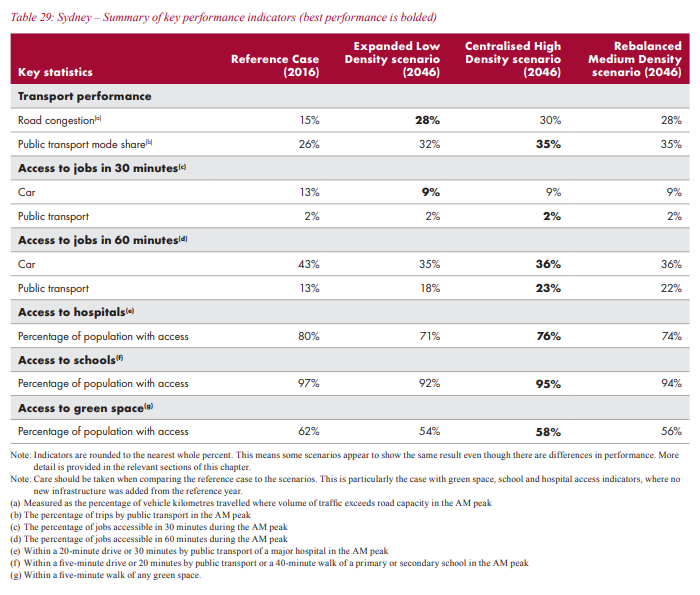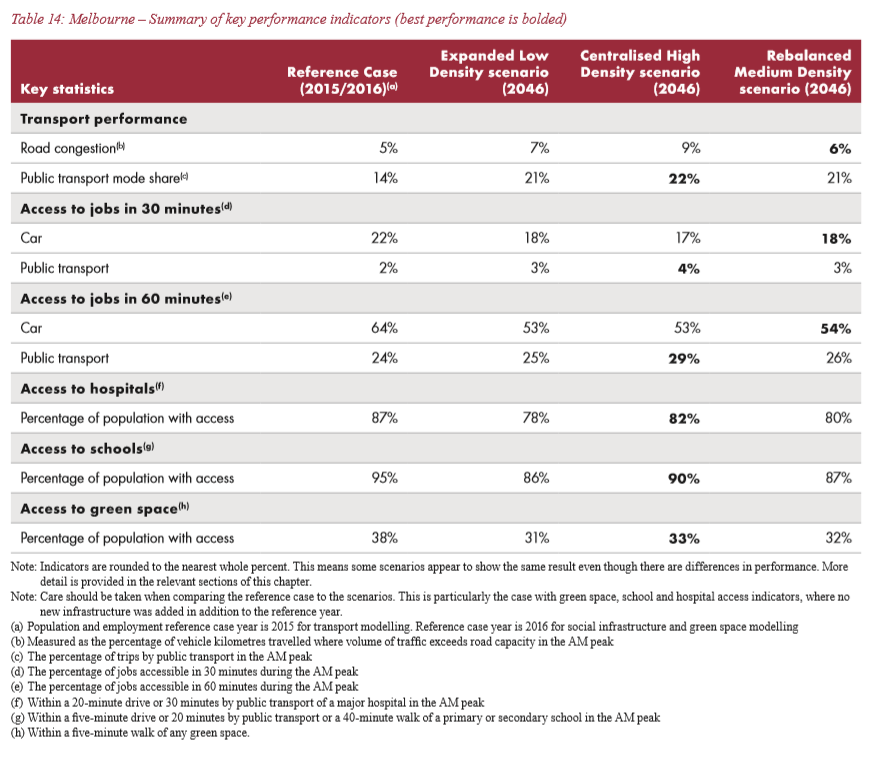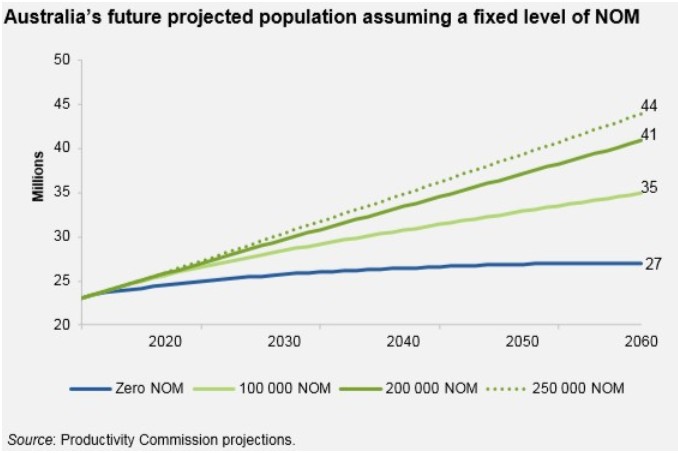Infrastructure Australia’s (IA) CEO, Philip Davies, gave an address to CEDA whereby he lashed the government and big business for failing to tackle population planning, warning Australia’s standard of living was being put at risk:
In the next 30 years, Australia will be home to 36 million people.
This rate of growth is equivalent to adding a new city, roughly the size of Canberra, each year for the next 30 years.
This growth is welcome, and the source of much of our economic success story.
However, the absence of a national population plan or settlement plan has fostered uncertainty and a lot of debate around how to manage Australia’s growing population.
A national settlement plan would focus on how we grow, not how much we grow, and it would allow us to plan beyond political and budgetary cycles.
A nationally focused plan of this kind would create a broader economic vision for growth and allow state governments to develop better integrated land-use plans for the delivery of infrastructure, housing, education.
Many of the anxieties brought about by rapid population growth could be solved by identifying, at a national level, the best population pathway over the next 30 years… and then ensuring that the States develop long-term integrated land-use plans…
After three years in the job, my observation is that governments and oppositions need to be more disciplined around proper planning, evaluating all available options, and seeking the solutions with positive cost-benefit ratios prior to a funding announcement…
However, it is critically important that we invest in the right project solutions at the right time and in the right place.
The best way to do this is to ensure that national, state and local planning aligns as much as possible… and that we logically and carefully choose projects that will deliver the most benefits to the community…
Since IA was formed in 2008, Australia’s population has surged by 3.7 million people – the equivalent of adding two Brisbane’s. And in Sydney and Melbourne – which have received the lion’s share of immigration and population growth – we’ve witnessed our roads, public transport, schools and hospitals all crush-loaded and living standards fall:

It’s politically expedient for IA to pretend that better planning will solve the issue but the last decade plus its own research shows that the present pace of population growth is entirely ungovernable. If the past decade of failure is not enough then IA’s February report, entitled Future Cities: Planning for our growing population, explicitly showed that living standards in both Sydney and Melbourne will unambiguously worsen further under every scenario as both cities’ populations balloon to 7.4 million and 7.3 million respectively by 2046 via mass immigration, with significantly worse traffic congestion and reduced access to employment, schools, hospitals and green space:


And we will almost certainly get the worst outcomes given our broken political economy.
IA should get over itself and simply tell pollies we need to slow the migrant intake. As the Productivity Commission showed in its recent Migrant Intake Australia report, it is a direct policy choice how ‘Big’ Australia becomes:

If the Federal Government simply reduced Australia’s immigration intake back to the historical average of 70,000 a year, then many of the pressures on infrastructure, housing and the environment would be avoided and living standards maintained. Growth would go on, it would simply swing from building pork infrastructure to tradables as the AUD drops.
Let’s also not forget that the four most recent opinion polls from the Australian Population Research Institute (54% want lower immigration), Newspoll (56% want lower immigration), Essential (54% believe Australia’s population is growing too fast and 64% believe immigration is too high) and Lowy (54% of people think the total number of migrants coming to Australia each year is too high) all show overwhelming support for lower levels of immigration.
It’s time to listen to the people.

